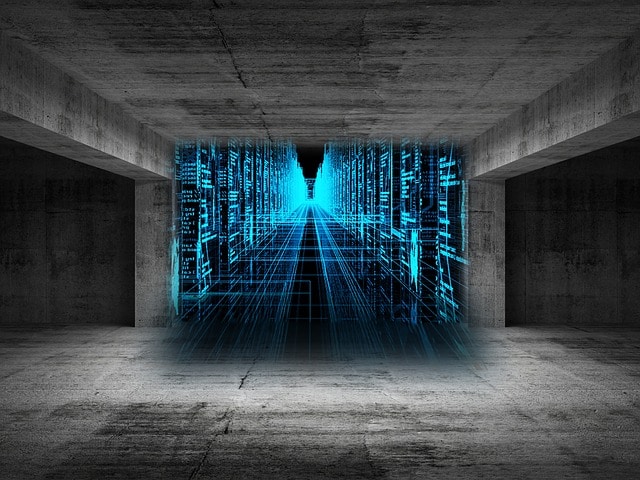The construction industry contributes about 20% of all fatalities in the labor market in America. This is significant, considering that there are many other industries, namely transport, manufacturing, among many others. Apart from fatalities, it also contributes significantly to all injuries and non-injurious accidents.
Experts argue that the industry is in itself insecure. They also say that there are notable gaps in the safety of the industry. Experts within the industry, however, argue that owing to the complexity of the environment, and the continuous changes in the same context, safety planning becomes an everyday task, which is quite expensive.
So, experts are looking to remedy this and other situations and issues within the construction and real estate industries. Technology offers some solutions to many challenges, notably in the designs, budgeting, architecture, rendering and simulation, and lastly, safety. In this blog, we look at some of the progress, opportunities, and threats to virtual reality-based safety training.
Making a safer environment
The starting point is making the environment safe. Highway construction, real estate construction, airports, ports, railway lines and many other construction sites carry various levels of hazards. Considering that each comes with its unique set of challenges, proper simulation and prior planning can eliminate some of the general dangers.
Through architectural 3D models, you can simulate the entire construction process from planning to completion of the project. You can anticipate every safety concern and offer precautions. You can know almost to certainty the expected working environment.
Unlike when models have to be tested before application, which is an expensive endeavor, virtual reality offers designers and engineers a chance to check before implementation. Studies show that the models are foolproof. You don’t have to risk a falling structure because you know what exactly the structure can hold. If it is a ladder, you know exactly how to place it and how much weight it can carry.
OSHA estimates that falls, caught in between, struck by objects, and electrocutions mainly happen because people don’t understand the environment. If you can make a safe environment virtually and implement it ideally, then, you can reduce accidents significantly.
Training safety precautions
Using some of the tools offered by virtual reality (VR), safety training before each phase of construction is possible. The model of practice is such that, at every stage, there are expected risks, hazards, and vulnerabilities expected, those things are put together, and through augmented reality, the workers attempt to navigate the risky environment without hurting themselves or others.
Just like virtual reality games where one has to pass every stage without blemish to move to the next step, the challenges are set for every phase. Once someone can pass the test, he or she can now navigate the real environment. The process is rigorous and takes several repetitions to get it right.
Enable safe mechanization
A great deal of today’s real estate VR depends on significant levels of automation. Not just in real estate, virtually all construction processes require mechanization. From giant cranes carrying materials to trash removal automobiles, the construction site is laden with significant levels of machines. For people to integrate with tools seamlessly, one has to understand the environment under which they must interact. Through 3D models, one can simulate that interaction to know the best way such interplay can safely take place.
On the overall, the construction industry can leverage on the gains in the 3D modeling, virtual reality, and augmented reality in every facet of the process to make it safer for people. It has been shown to work. The only thing remaining is for more players to join the bandwagon that promises a better future for our construction workers who are perennially at risk.




